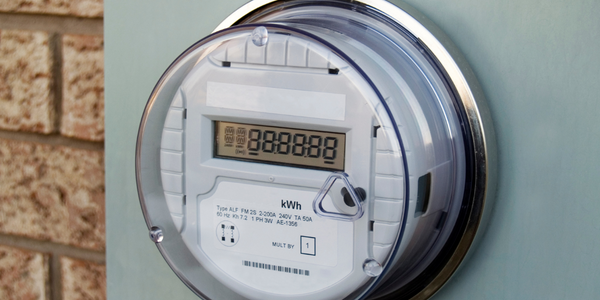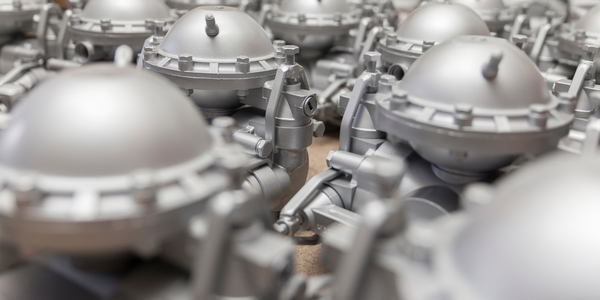- Robots - Autonomous Guided Vehicles (AGV)
- Sensors - Electrical Conductivity Sensors
- Automotive
- Electrical Grids
- Product Research & Development
- Vehicle Performance Monitoring
- Virtual Prototyping & Product Testing
- System Integration
Bluefin Robotics was established in 1989 in the Massachusetts Institute of Technology (MIT) Autonomous Underwater Vehicle Laboratory, one of the first to pioneer the AUV. In 1997, Bluefin branched off and became a standalone company. Since then, Bluefin has built a reputation for its Autonomous Underwater Vehicles (AUVs), which are completely automatic vehicles that navigate the seabed to collect data and images. Using advanced sonar, manometers, and sensors, AUVs capture important information in areas unsuitable for human exploration. AUVs are responsible for expensive ocean floor surveys for offshore oil companies as well as dangerous battle fleet experiments for the military.
Bluefin Robotics, a pioneer in the field of Autonomous Underwater Vehicles (AUVs), faced significant challenges in coordinating electrical and mechanical designs due to the tight design requirements of their AUVs. The existing sequential process of electrical to mechanical design was proving to be inefficient and cumbersome. Engineers were forced to rely on cardboard models, which limited their ability to fully visualize their work and requirements. The AUVs, which are completely autonomous and navigate the seabed to collect data and images, had to be designed to withstand extreme conditions, including pressures of up to 6000 pounds per square inch at depths of 4000 meters. Furthermore, the vehicles had to be neutrally buoyant to reduce propulsion energy requirements and increase efficiency. This meant that for every cubic inch of air added to the vehicle, an equivalent amount of weight had to be added, leading to a delicate balance between performance, buoyancy, and reliability.
Altium Designer was introduced to revolutionize the way Bluefin worked. This tool empowered their engineers to see all of the mechanical specifications of each project, eliminating the need for cardboard models and enhancing visualization. Altium Designer facilitated easy collaboration on the design, helping engineers find the delicate balance between performance, buoyancy, and reliability. The tool’s IGES format and advanced STEP files import-export function allowed Bluefin to integrate 3D mechanical software data into the Altium Designer platform. This true 3D integration opened up a whole new level of interdependence as accurate 3D design data flowed freely between the two domains, enabling easy mCAD and eCAD co-design. This meant that projects could occur parallel to each other, allowing the quick generation of extremely accurate designs.

Case Study missing?
Start adding your own!
Register with your work email and create a new case study profile for your business.
Related Case Studies.









